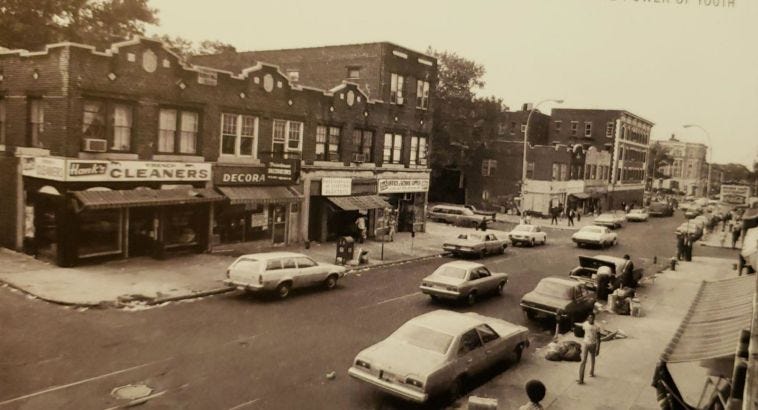✨This month’s #ChaiSociety Dispatch takes a look at the intersection of media and trauma in Crown Heights… A note to the reader: For the best reading experience, we highly recommend reading this email in your browser.
Every August New York seems to shut down. People go on vacation, the heat of the city becomes an ever present haze, wafting from the manholes, the sidewalks and concrete buildings, embracing us with all its might. Instagram feeds fill with pictures of friends on trips to Europe or the country, perhaps away for a weekend on Fire Island, or just somehow escaping the city for one more brief moment before September comes and the return to the grind.
To me, however, in the heat of August there is one place that calls to me more than any other. Not a physical space - it’s a space in time, in memory… that try as I might to look elsewhere, it calls me back each time.
August 1991, my world was fairly small. To my imagination, not yet seven years old, it consisted of several square blocks of Los Angeles, glimpses of Hollywood blvd and trips to the beach, Disneyland and Universal Studios, and somewhere, out there across continent, could be found Montreal, land of my grandparents, Russia, land of my great grandparents, and Israel, a land of even more ancient relatives. And then there was New York. I’d been there once, the Summer of 1989, and even upon our return, I was still not entirely sure if I’d been in an actual city or perhaps an elaborate, extended set of Gotham. My mother’s wallet was stolen by a pickpocket, and no Batman had returned. I was still unsure if this made the city more or less gothamesque.
One thing, however, could be said of all of these places: They were all very Jewish, intensely, if not entirely, so. What was more, with possible exception of Russia and the occasional disturbance in Israel, incredibly safe places to be as Jews.
Of these facts, I was certain.
The summer of 1991 I was traveling with my mother in Los Angeles, and was surprised to see her suddenly become visibly upset. She pulled her car, a blue Volvo station wagon, to the side of the road and turned off the radio.
What was wrong?
Jews, she told me, were being attacked in the streets of New York.
The Crown Heights Riots, the three days of violence and destruction that raged through the streets of Brooklyn — August 19 to August 21, 1991 — remains a topic of relevance, reflected and discussed, plumbed for meaning each year.
The reasons vary: It is of historical importance —The last violent gasp of the rough days of 70s and 80s New York, it brought an end to the career of David Dinkins, the City’s first Black Mayor, and the rise of Rudy Giuliani…
More so, the riot shapes so much of what we want to understand about our communities our understanding of race and racism, of antisemitism and what it means to be Jewish, it can speak to us about lessons we must learn about neighborliness, gentrification and policing. A Rorschach test about the causes that sting at the heart of our country.
The riots are a case study in fake news, before there was such a term, in lurid rumors about drunk chasidic drivers that, despite being abjectly false, still have traction today.
But I want to tell you about two different Crown Heights riots. Two riots less often discussed…





